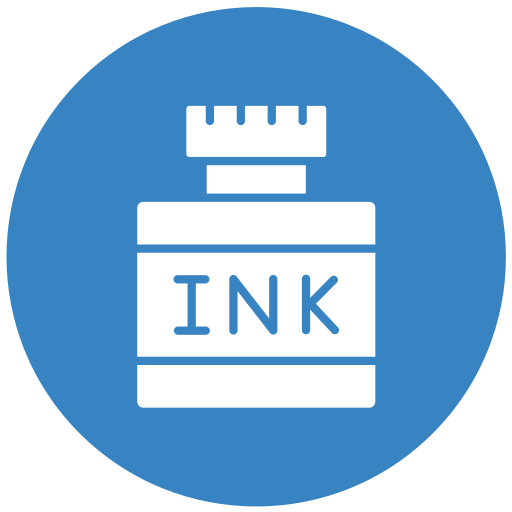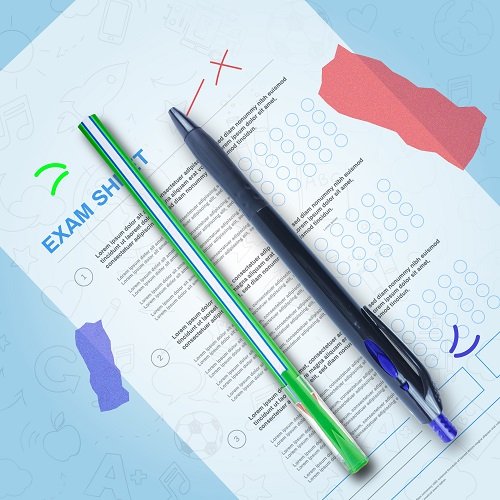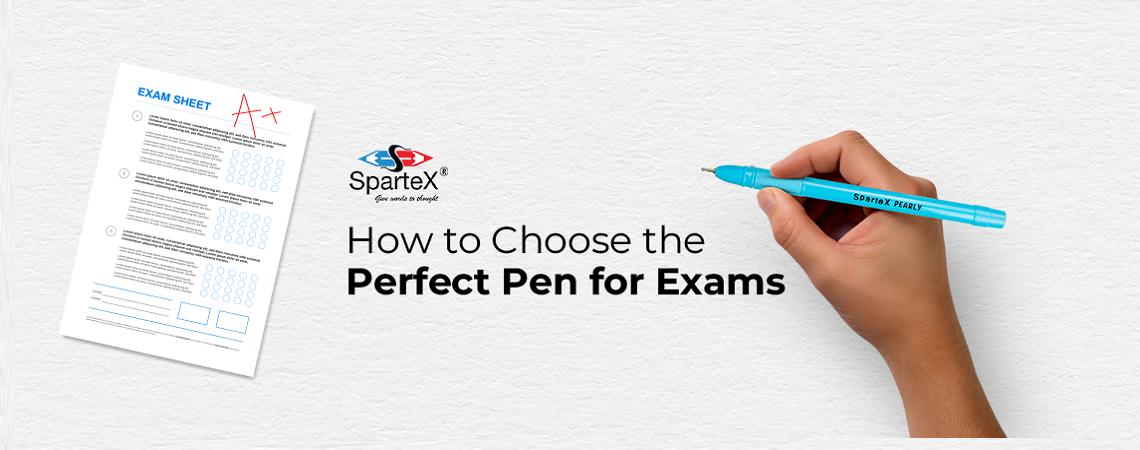The standardized exam environment presents unique challenges for test-takers. While intellectual preparation is paramount, even seemingly trivial factors like writing instruments can significantly impact performance. This guide delves into the technical considerations of pen selection for optimal exam performance, focusing on ink properties, pen mechanics, and ergonomic design principles. By understanding these factors, students can make informed choices that enhance comfort, writing efficiency, and, ultimately, examination success.
Key Considerations for Exam Pens:

Ink Color Regulations
Examination boards often have specific ink color requirements, typically mandating black or blue ink for optimal scanning and readability. Opting for a dark, consistent ink should be prioritized. Opaque inks with high pigment loads provide superior contrast against the paper, ensuring clear character recognition by automated grading systems or human examiners alike.
From a technical standpoint, the choice of ink color hinges on the interplay between several factors. One crucial aspect is the optical density, a measure of light absorption by the ink. Higher optical density translates to a darker, more opaque ink that minimizes show-through, a phenomenon where writing bleeds through to the back of the page. This is particularly important for double-sided exams to prevent unintended clues from influencing the examiner’s evaluation.
Another key consideration is the ink’s drying time. Fast-drying inks minimize the risk of smudging, especially for left-handed writers who may inadvertently smear fresh ink with their hands. Rapid drying also ensures minimal disruption to the writing flow, allowing for uninterrupted expression of ideas.

Writing Comfort
Extended writing periods during exams necessitate prioritizing pen ergonomics. This encompasses factors such as pen weight, grip design, and overall writing feel.
Pen weight significantly impacts writing fatigue. A lightweight pen reduces hand strain, particularly for those with carpal tunnel syndrome or other dexterity limitations. However, excessively lightweight pens may lack the necessary stability for controlled, legible writing. A balanced weight distribution that promotes a natural writing posture is ideal.
Grip design plays a crucial role in comfort and writing control. Textured grips enhance friction, preventing the pen from slipping during use. Grooved or molded grips conforming to the natural hand curvature further reduce fatigue.
Finally, the overall pen material should be considered. Materials like rubber or soft plastic provide a comfortable writing experience and enhance grip. Conversely, smooth metal or hard plastic materials may cause discomfort during prolonged writing sessions.

Pen Reliability
The paramount concern during an exam is uninterrupted writing. Here, pen mechanics come into play. A reliable pen should possess a smooth, consistent ink flow that minimizes skipping or scratching. This ensures a continuous writing experience and eliminates the need for frequent pauses to restart ink flow.
Ink cartridge capacity is another crucial factor. Opting for a pen with a large ink reservoir or readily available refills ensures sufficient ink supply throughout the exam duration.
Pen construction also plays a role in reliability. A sturdy pen with a durable tip and secure click mechanism minimizes the risk of malfunctions or ink leakage.
Exam Pen Types: A Technical Comparison
Ballpoint Pens:

The classic ballpoint pen is a reliable exam choice due to its consistent ink flow and minimal smudging. The ballpoint mechanism employs a small metal ball bearing that regulates ink flow as the pen moves across the paper. This design ensures smooth writing with minimal pressure required, reducing hand fatigue. However, ballpoint inks tend to dry slower than other pen types. This can challenge left-handed writers or those with fast writing styles, as fresh ink may smudge before drying. Additionally, ballpoint pens often require more writing pressure to produce a dark, clear line, which can lead to fatigue during extended writing sessions.
Gel Pens:

Gel pens offer a smoother writing experience than ballpoint pens due to the use of gel-based ink. This ink formulation results in a lower viscosity, allowing for effortless pen movement and clear line definition with minimal pressure. Gel pens are particularly popular for their vibrant colors, although exam regulations typically restrict ink color choices. From a technical standpoint, the lower viscosity of gel ink can be a double-edged sword. While it contributes to effortless writing, it also translates to slower drying times compared to ballpoint inks. This poses a greater risk of smudging, especially for left-handed writers or those with fast writing styles. Additionally, gel ink cartridges may have a smaller capacity than ballpoint cartridges, potentially requiring more frequent replacements during long exams.
Exam Day Strategies for Optimal Pen Performance
Having chosen the ideal pen for your needs, here are some additional tips for maximizing its performance on exam day:
- Pre-Exam Testing: Don’t wait until the last minute! Test your chosen pen on scratch paper before the exam to ensure consistent ink flow and comfortable writing. This allows you to identify any potential issues and address them before the exam begins.
- Backup Pens: It’s always wise to pack a spare pen or two (with the same ink color) to mitigate the risk of ink depletion or unexpected malfunctions.
- Practice Makes Perfect: Utilize your chosen pen for note-taking and practice exams throughout your preparation period. This allows you to acclimate yourself to its feel and writing characteristics, fostering a sense of familiarity and comfort for the actual exam.
Conclusion
Choosing the right pen for exams may seem like a minor detail, but it can significantly impact your test-taking experience. By understanding the technical considerations of ink properties, pen mechanics, and ergonomic design principles, you can make an informed decision that enhances comfort, writing efficiency, and ultimately, your exam performance. Remember, a reliable and comfortable pen can empower you to put your best foot forward and showcase your knowledge with confidence.
Get in touch with us for an instant quote!
Request Quote





